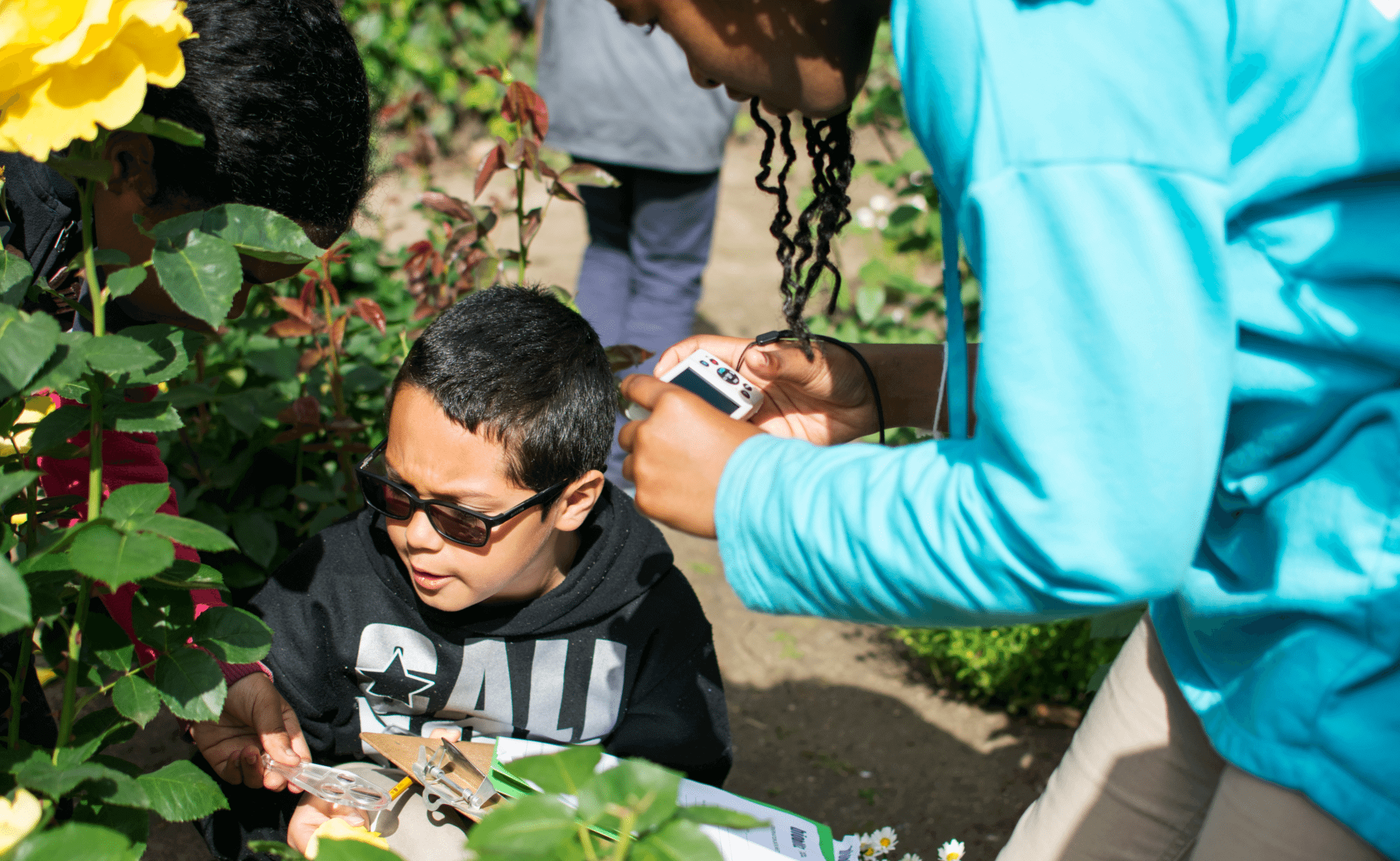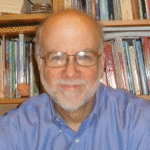On November 8, 2017 California’s State Board of Education (SBE) approved a new California Science Test Blueprint—the next step in the process of fully implementing the state’s new science standards, the Next Generation Science Standards. This phase is a normal part of the implementation process that involves: adoption of new standards; development of new curriculum frameworks; adoption of new instructional materials; development of new student assessments; and, of course, classroom implementation.
So what is remarkable? For the first time ever, the SBE decided to incorporate key elements of environmental literacy into the statewide student assessment system. As a result of this decision, California’s SBE-adopted Environmental Principles and Concepts (EP&Cs) will be integrated into the assessments of student progress at fifth and eighth grades, as well as high school.
The incorporation of the EP&Cs into the assessment system represents the “fourth leg of the stool“ of integrating the EP&Cs into California’s K–12 education system, which include the SBE:
- approving the Environmental Principles and Concepts;
- requiring that the science, history–social science, and health frameworks incorporate the EP&Cs;
- including the EP&Cs as a “must have,” Category One requirement for instructional materials publishers; and, now
- incorporating the EP&Cs into the statewide science assessment system.

If you are wondering how this came about, it all started back in 2003 with the legislature passing, and the governor signing, AB 1548 which established the Education and the Environment Initiative—thanks to the dogged determination of Leslie Tamminen and the leadership of Heal the Bay.
The number of partners, educational and environmental professionals, state agency leaders, and funders is too large to list, but several that deserve special recognition include: the California Department of Education (CDE), particularly Dr. Tom Adams; diverse members of the State Board of Education; CalEPA’s Andrea Lewis; the Integrated Waste Management Board’s Linda Moulton Patterson, Bonnie Bruce, and Mindy Fox; and more recently CalRecycle’s Bryan Ehlers; and many, many more.
From the very beginning this has been, and continues to be, a collaborative process depending on a diverse partnership.
This new landmark is no different. The SBE and CDE’s Assessment Division collaborated with the State Education and Environment Roundtable, Ten Strands, and the Superintendent’s Environmental Literacy Steering Committee to bring to fruition the dream of assessing students’ knowledge about California’s EP&Cs and how to apply them to local environmental problems and issues.
There is, of course, much more to do. Working together we are making great progress toward the goal of environmental literacy for all of California’s 6,200,000 students.


One Response
This article inspiring me to improve my thesis with environmental literacy assessment, but I don’t have enough information about that…would you help me, Sir…Thank you so much